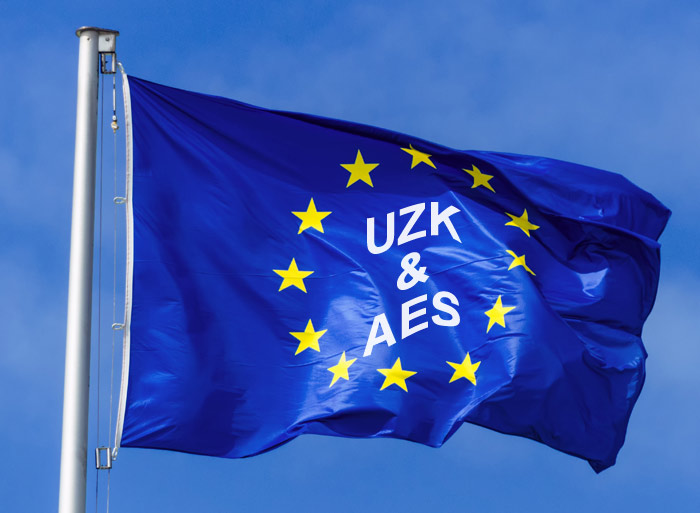Europe-wide AES by 2020
Just as the conversion to ATLAS 2.3 (M.ATLAS 6.0) finally draws to a close, new changes scheduled by customs authorities and ATLAS certification officials are already looming on the horizon. The EU has just published its ambitious “Work Programme Relating to the Development and Deployment of Electronic Systems” in accordance with the Union Customs Code (UCC), confirming that the European Commission is pursuing its ambitious plans to develop all of the required IT systems in accordance with the UCC by the end of 2020. Some systems, such as the Registered Exporter (REX) or the Binding Tariff Information (BTI), are already scheduled to go into effect at the end of 2017.
Companies should already have these deadlines on their radar. You can find the schedule in the Commission Implementing Decision (EU) 2016/578.
One project consists of constructing a pan-European “Automated Export System (AES)”, which aims to implement the UCC for export and dispatched goods, with the core idea of implementing “central customs clearance” in IT terms. The intention being that in the future, a company will only communicate with one customs office (the “Monitoring Customs Office”). This office will then coordinate with the other customs offices, such as the export customs office at the provision location and the exit customs office at the border. As such, the provision point and the location where the customs declaration is submitted can be in different EU member countries. For example, while an exporter from Stuttgart submits a customs declaration to the presiding customs office in Stuttgart, the goods may already have arrived at the port of Rotterdam.
Since the German customs authorities issue new binding ATLAS or AES releases every two years, we can assume that the planned changes will be included in the new implementation manuals and certification guidelines. M.ATLAS users, therefore, benefit from regular follow-up certifications and new M.ATLAS releases.
